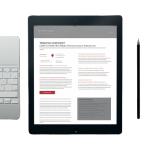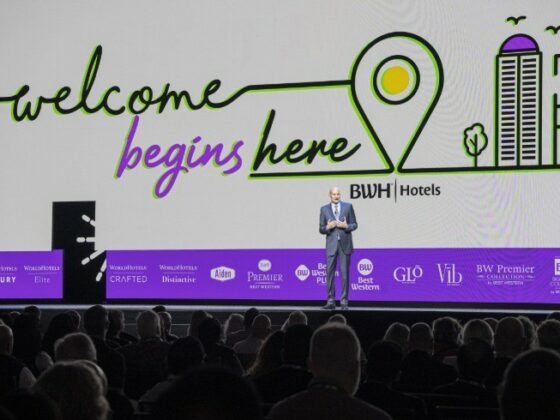
The restaurant industry is continually evolving, driven by technological advancements and shifting consumer expectations. Businesses that prioritize operational efficiency and customer satisfaction are better equipped to thrive in a highly competitive landscape.
Following are key strategies and tools that restaurant operators can adopt to streamline operations and deliver exceptional customer experiences.
Online and Mobile App Ordering
Online ordering platforms have revolutionized how customers access food and beverages. Many restaurants are now developing proprietary online platforms and apps to facilitate direct ordering, reducing reliance on third-party services and avoiding additional fees. Some restaurants are even extending self-ordering solutions to mobile apps, allowing customers to place orders from their phones while dining in. This enables greater convenience and ensures accurate customization of meals, improving overall satisfaction.
Liner-free label printers have become indispensable in this shift toward online and mobile app ordering. These printers allow restaurant kitchens to adhere labels directly to items, helping to ensure accuracy in high-volume orders and reducing delays caused by miscommunication. For instance, quick-service restaurants (QSRs) can utilize these labels to streamline food preparation and delivery processes, so that each order is customized correctly and delivered promptly. Not only does this boost efficiency, but it enhances the customer experience by minimizing errors.
Kiosk Solutions
Self-ordering kiosks are popping up in more restaurants and cafes. These kiosks offer a modern and efficient way for customers to place and customize orders while minimizing wait times. For example, global chains have implemented self-ordering kiosks to enhance the guest experience and promote loyalty programs, suggest complementary items, and enable tipping, further personalizing the interaction.
Self-ordering kiosks offer numerous benefits beyond just reducing wait times. They help improve order accuracy by allowing customers to input their selections directly, minimizing miscommunication between staff and customers. They also enhance efficiency during peak hours by handling high volumes of orders without additional staffing costs. Restaurants benefit from increased upselling opportunities, as kiosks can suggest add-ons or promotions based on customer selections.








